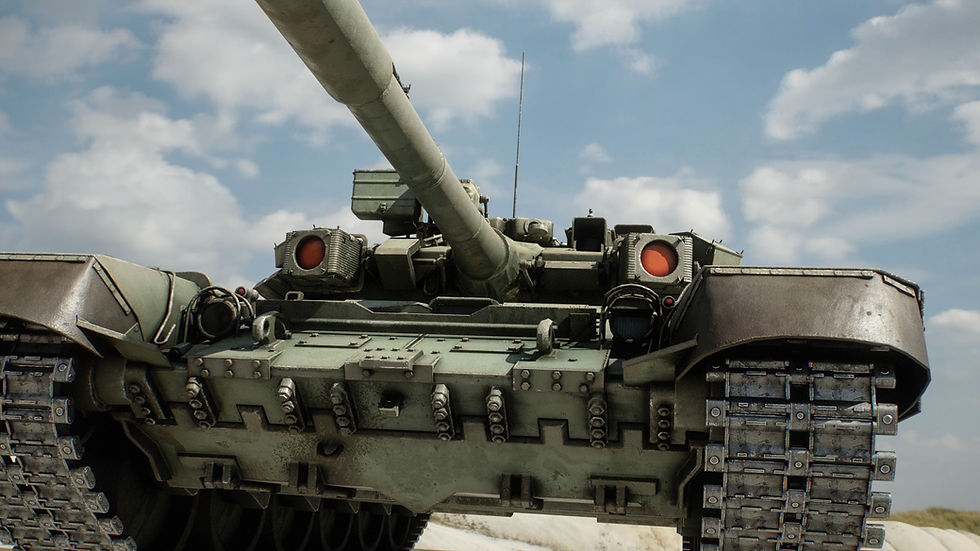Bergepanzer 2 VR interior
- henrikbattke
- 2. Mai
- 2 Min. Lesezeit
Aktualisiert: 22. Aug.
In today's blog, I want to share an exciting internal evaluation project that began with a highly technical question and ultimately evolved into an impressive VR demonstration.
Step by step into Virtual Reality
At cantaloupe, we specialize in creating 3D content for training and simulation systems. Our goal was to assess whether modern photogrammetric scanners could streamline our workflow. While we did not expect to eliminate post-processing entirely, we wanted to evaluate:
How much effort would be required for refinement?
What quality would the models and textures have?
What technical parameters, such as polygon count and texture resolution, would result from the scan?
To test this, we needed a challenging subject. Our journey led us to the Panzerfunfahrschule (tank driving fun school) in Beerfelde, near Berlin.
A huge thank you to Mr. Wernsdorf for his time and assistance! A visit to the Panzerfunfahrschule is an incredible experience, and we look forward to returning with the entire team at our summer party - this time, everyone gets a turn at the wheel!
Among the school’s collection of vehicles, we chose to scan a Bergepanzer 2 (BPz-2), a German armored recovery vehicle developed in the 1960s and based on the Leopard 1 tank.
The 3D scanning process
We used a RevoPoint Miraco scanner with the following specifications:
Technology | Quad-camera infrared structured light with optical zoom, and ultra-resolution photogrammetric metrology |
Accuracy | ± 0.05 mm |
Working distance | 100 - 1000 mm |
Scanning speed, up to | 20 fps |
Camera resolution, up to | Depth camera: 2 MPx RGB camera: 48 MPx |
The scanning process itself worked well. The scanner required a consistent distance while moving. We recorded a total of 20 point clouds of individual sub-areas, each between 7 and 9 million points. The individual sub-areas were then combined into one point cloud using the Revo Scan 5 tool. The resulting point cloud then had approx. 4 million points.
Bergepanzer 2 (BPz-2)
Thus, after merging and polygonizing the point cloud, we still encountered an extremely complex model that was not simply usable in the VR glasses without further optimization.

We wanted to optimize the Bergepanzer 2 (BPz-2) interior for VR display in a Meta Quest 3. This means an estimated maximum of 500,000 polygons and a sparing use of textures. We also wanted to make the interior objects operable.
Ultimately, we found that scanner technology could not replace manual modeling. While post-processing the scanned model was possible, it did not provide a meaningful advantage over a complete re-modeling and re-texturing.
Despite these challenges, the scanner significantly accelerated our workflow. The point cloud provided valuable reference data, allowing us to accurately estimate the interior components' position, size, and orientation.
Captured video from the Meta Quest 3
The future of VR training
Our experience with the BPz-2 VR visualization confirms that cost-effective, scalable interior vehicle training is achievable. While the goal of a fully rigged interactive model has not yet been fully achieved, we are still working on it. As we continue refining the project, we are excited about VR's future possibilities in military and technical training applications.
Stay tuned for further updates!















Kommentare